Fuga: Melodies of Steel seemingly came out of nowhere and has garnered a bit of a cult following (depending on your internet circles) since its release. CyberConnect2 is known for both their Naruto and .hack games, so a new IP with such a massive departure in gameplay and aesthetic caught my eye. I hadn’t played much of their other titles, so I really wasn’t sure what I was getting myself into. The answer to that was a wonderful hidden gem of an RPG that has managed to both impress and stress me out beyond belief.
That stress shouldn’t necessarily scare you away, because it’s practically the core of the experience. Fuga: Melodies of Steel is a turn-based strategy RPG where you play as a ragtag group of children in a supernatural tank called the Taranis. War has ravaged their country, and they have to band together and recruit other children as they travel to find their parents. The stress naturally comes from wanting to keep all of the children safe on their journey, and the Berman Military will do whatever they can to make that difficult.
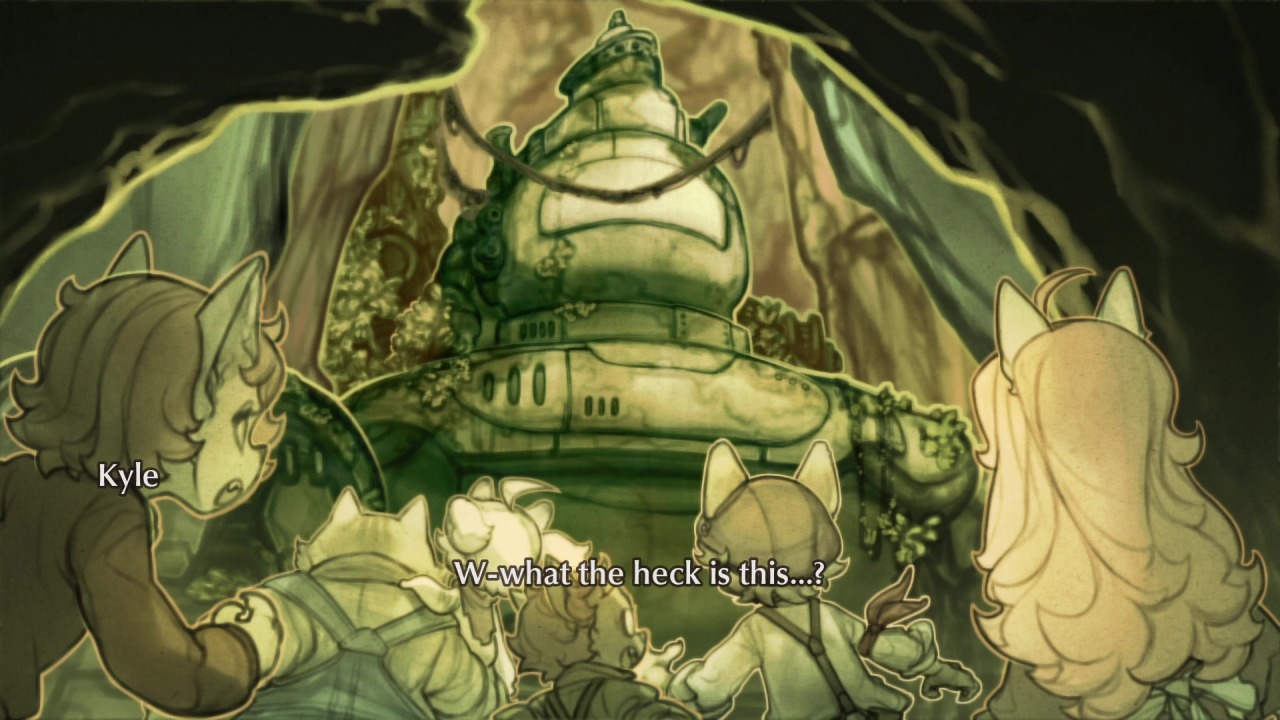
There are no difficulty options in Fuga: Melodies of Steel, and those who are not used to the genre might not want to start here because there’s a steep learning curve. On the other hand, I think the game does enough with its mechanics to get you to care about the main cast enough to want to push through. If your tank is destroyed you have the option to go back in time and redo your last few decisions, so the difficulty never feels too unfair.
The structure is broken into a series of chapters that involve your tank moving along in a side-scrolling plane, with branching paths of various difficulties. The harder the difficulty, the better the rewards. The challenge comes from managing your units’ wellbeing alongside the health of the tank.
Along the path will be battle encounters, resource drops, intermissions, and expeditions. The side-scrolling aesthetic of the tank moving along offers a stylish and seamless journey throughout. Battles will pop up regularly on the path, each offering a sizable challenge no matter how difficult they are. There are three types of weapons each of the children will naturally use: Cannons, Machine Guns, and Grenade Launchers. Cannons are the strongest, Machine Guns are best for aerial enemies or weakening armor on strong foes, and Grenade Launchers lie in the middle of effectiveness for both. You can choose which characters (and by extension, which of the three guns are active on your tank) at any point during a battle, but once you do so you’ll need three turns before you can switch again.
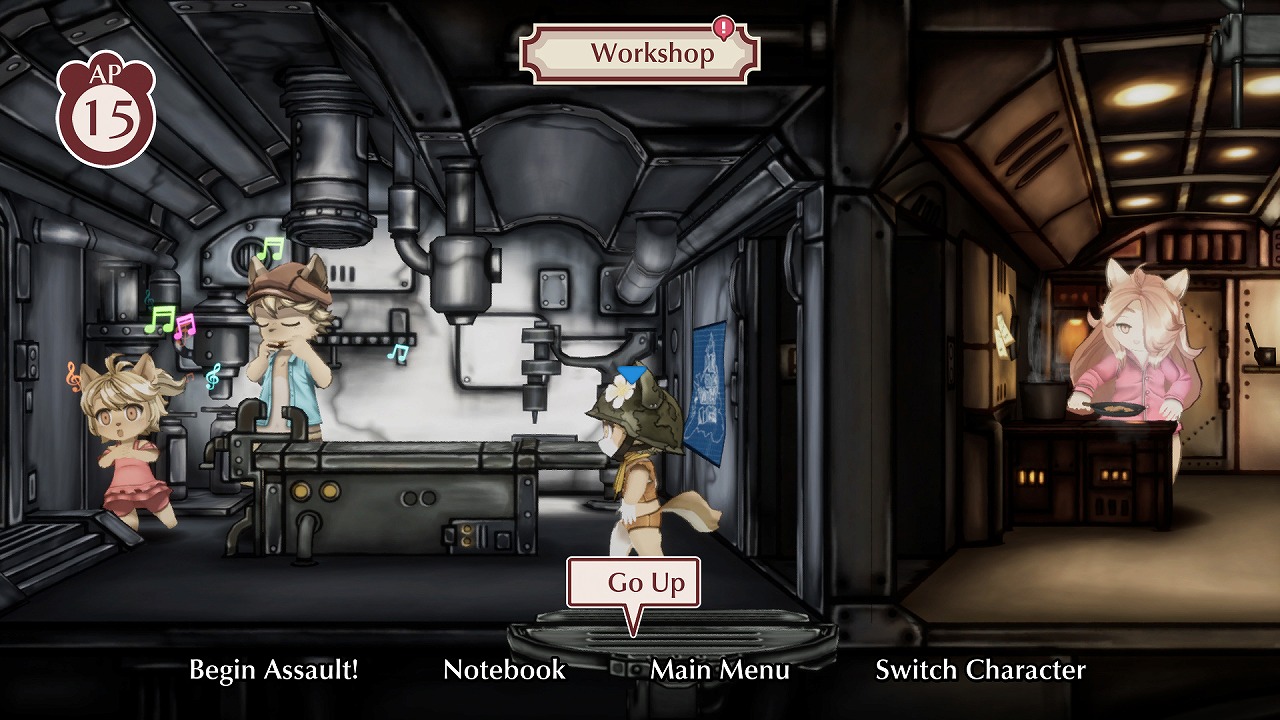
Every character offers a unique approach to the three combat styles, so you’ll be switching them out frequently to best suit the situation you find yourself in. Each enemy has specific weaknesses, so a dynamic party and playstyle will go a long way. There are a total of six active characters in the tank at all times: Three who attack and three who support. These are broken up further into pairs, which have special bonuses depending on their bond level. It’s a good idea to pair up characters who already have a high bond, because they will slowly build up a link attack that can be wonderfully effective in a pinch.
Intermission segments are where you can take much-needed breathers… is what I would say if Fuga: Melodies of Steel has entirely ever felt the need to truly let up its passion for micromanaging. You are given a set amount of points to spend on activities in the Taranis. These range from upgrading the tank’s parts for battle, farming, cooking, letting units rest to recover status ailments, having characters participate in bonding events, and more. At a certain point, you’ll be given a notebook that shows what each of the children wants to do. It changes every intermission, and will generally give you a goal of what to accomplish in this time. By checking off what they want to do, you increase their mood. Each child has a unique Hero mode they can activate in battles if their mood is high enough, which will give you special benefits that can help immensely. You can do whatever you want in the intermissions, but if you want to maximize your efficiency in battles you should be trying your best to keep the children as happy as possible.
Intermissions add another layer of complexity to the decision-making of Fuga: Melodies of Steel, but there were a few hang-ups from me. Some of the activities you can engage in have a percent chance of success, which doesn’t mesh well with the set amount of activity points given. It’s beyond frustrating to waste an action on something important like trying to upgrade your gear, especially since as the game goes on each intermission becomes more and more valuable. The bonding system is extremely adorable, but needing to pick one of the characters for the event and then walk to find the other one you want to bond with can be tedious. It would have been better if this had been handled with a menu that can handle it all immediately, but that’s really the only issue I came across. The intermissions were overall quite good, and it added to the setting that they aren’t entirely free of stress.
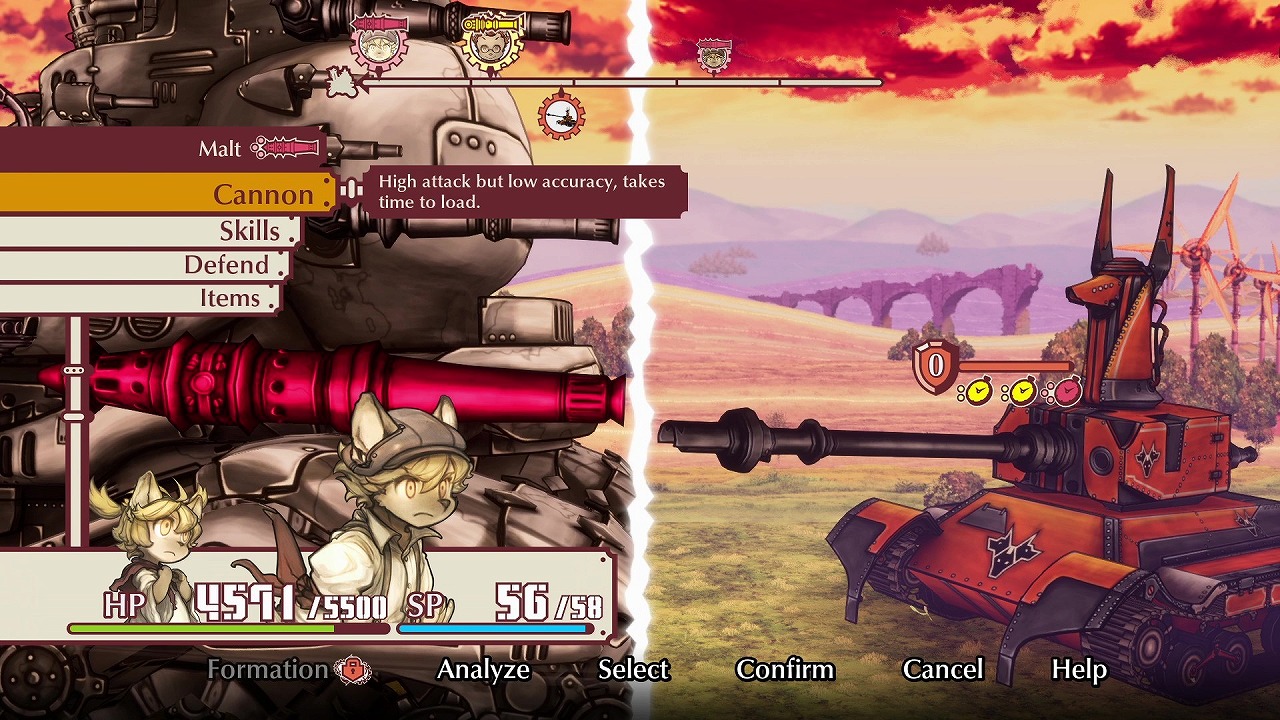
Many RPGs try to have your decisions affect the story, but the best ones make you feel that every single small decision itself has weight. Do you use your resources to get through the hard encounters faster, knowing that a harder encounter or boss later in that level could catch you off guard? Do you pick the hardest paths available to get the better rewards, knowing it could exhaust both the children who man the guns on the tank and yourself? Do you take it easy and pick the safe paths, even if it means you might not get enough experience to survive the boss fight at the end? These moments are offered to the player constantly, and it leads to a wonderfully engaging experience from start to finish.
The icing on the cake however is a mechanic introduced early on called the “Soul Cannon”. This completely changes how you approach the Fuga. When your health drops low enough, a special attack will unlock for that fight. It’s powerful enough to probably kill anything on screen, but the cost is steep. To use this cannon you need to sacrifice the life of one of your party members permanently. Remember what I mentioned early though. The party is made up entirely of children. After making me use the mechanic a single time for the story, the game turned back time to give me a taste of what it would feel like to make that sacrifice.
It might seem extreme to some that the Fuga offers you the option to take the life of a child to use a powerful attack, but I think it serves the themes exceptionally well. The mechanic exists to offer people an easy way out of a situation if they didn’t do a good enough job managing their resources, and comments on the expendable nature many war-themed RPGs make their character. How many times have you left a generic unit dead in a game with permadeath, just to move on to the next level? This is probably the most effective an SRPG has ever humanized the characters in it. For the rest of my time trying to play optimally as possible to avoid losing any lives.
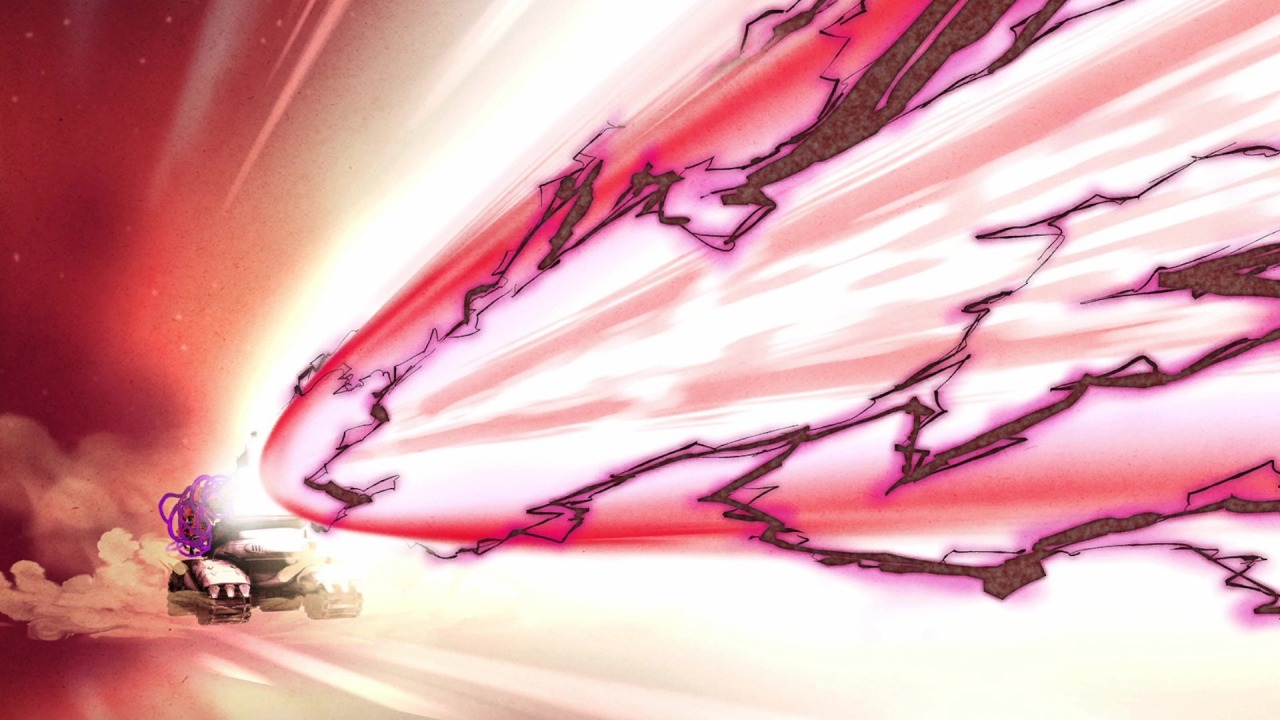
The fact that any of your party members can die does slightly impact the story, since it needs to make many of the dialogue responses generic to fit with the fact that your party could be very different between chapters. This isn’t a huge deal, but I did notice a few odd scenes here and there. The personalized bonding events make up for this, offering insight into the children’s personalities and lives. What personally added the most to the experience was CyberConnect2’s passion to keep the setting authentic.
If I were to tell you Fuga: Melodies of Steel had dual audio, you likely would immediately assume it has Japanese and English voice acting. That’s not the case. Japanese is there, but the other option offered to listen to the occasional voice acting is French. The setting itself is meant to be based on France, and I’d recommend playing it with this voice track for a more authentic experience. I’ve never actually seen a Japanese game offer this before, and frankly, I love it. The localization is wonderful, and this was the icing on the cake for me.
Fuga: Melodies of Steel quickly became one of my favorite hidden gems of the year. Few things taint an overall excellent RPG experience. It was one of those rare games that was so engaging that it actually made me not want to play it, just because I know I’d be spending hours hooked to the wonderfully exhausting gameplay loop. That sounds like a negative, but if you’re used to this genre you’d know that’s extremely high praise. The music, visuals, and gameplay all come together for a package that’s hard to put down. Fuga: Melodies of Steel is the kind of risk we should praise in this industry, and if you like RPGs that aren’t afraid to make bold design choices it deserves to be in your library.
Version Tested: Nintendo Switch
Review copy provided by CyberConnect2



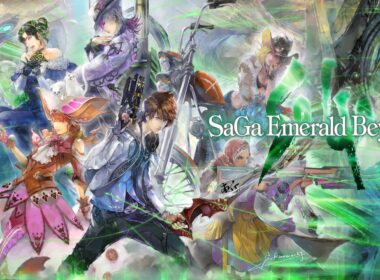
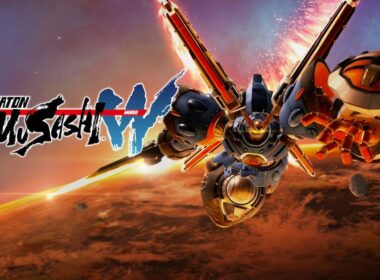
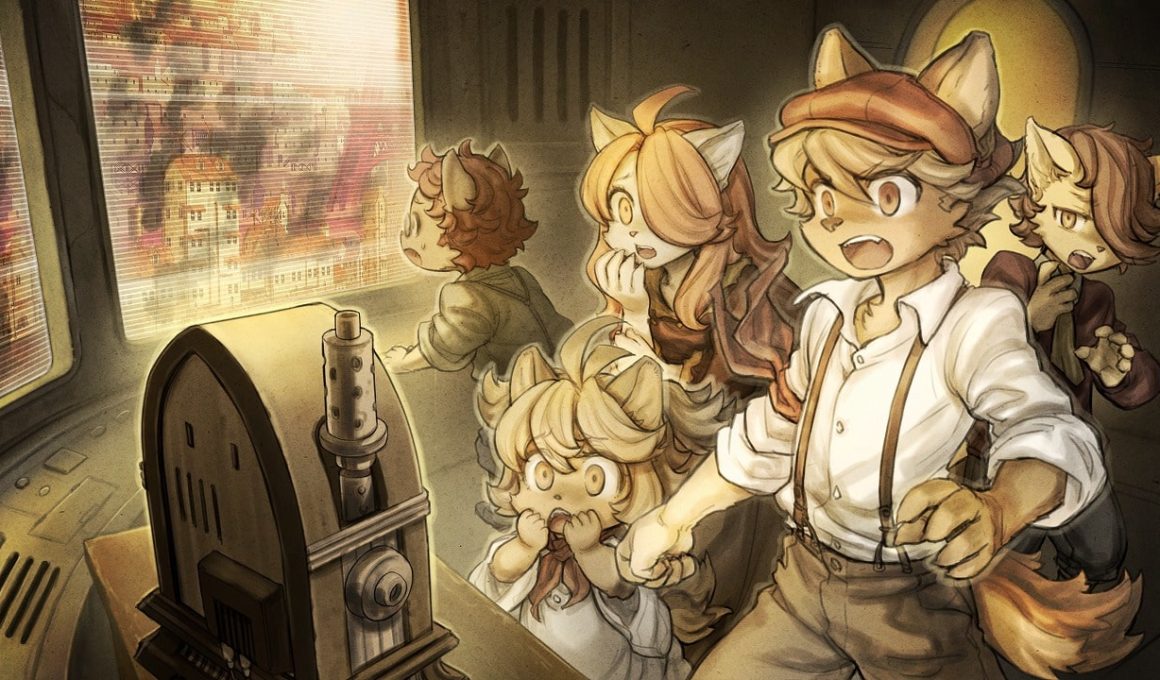
Fun fact about the French dub :
Aside from the narrator, every other character is dubbed by a Japanese voice actor. Yes, in the french dub